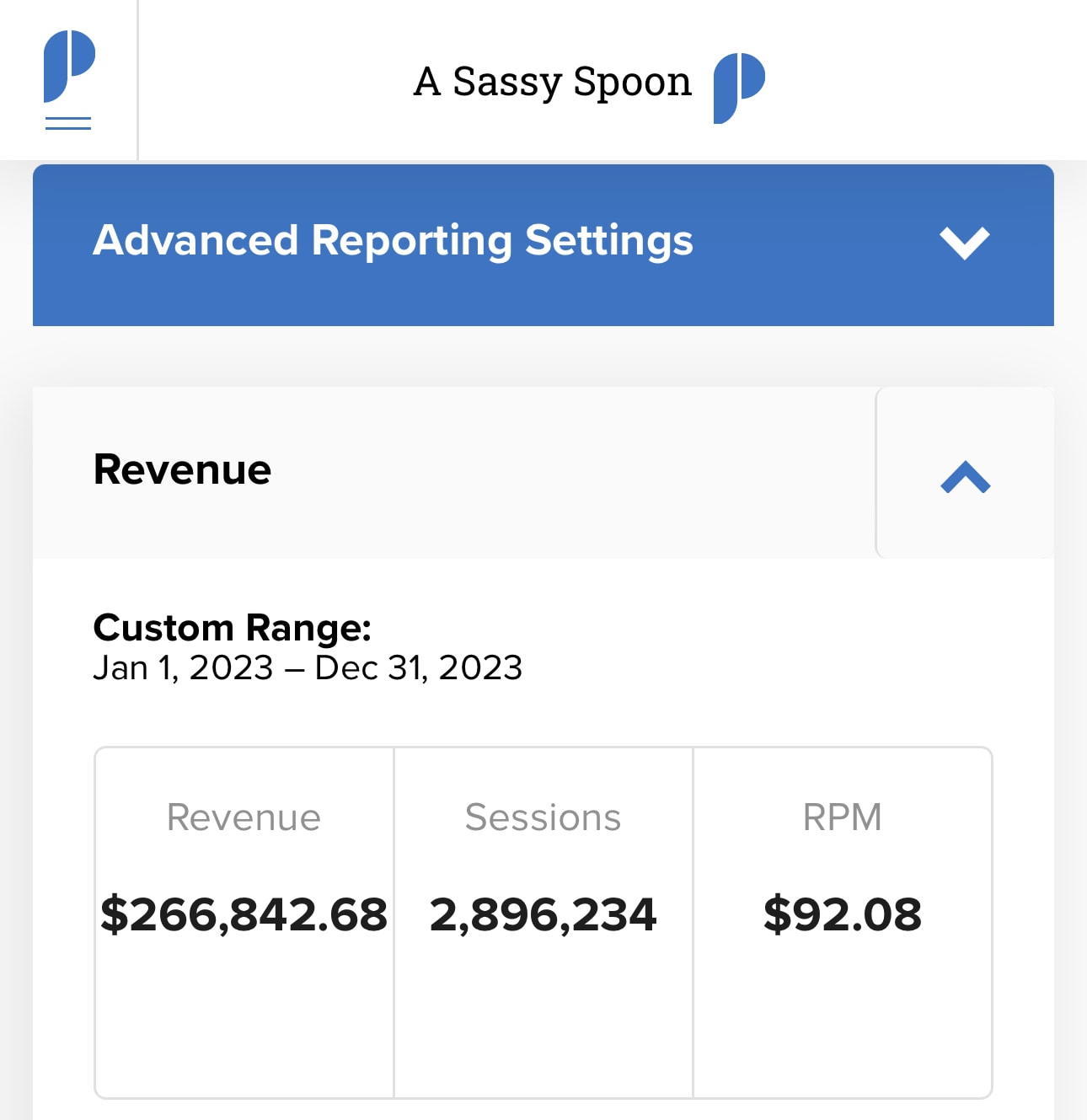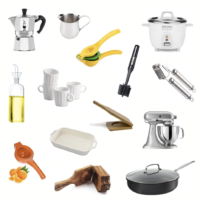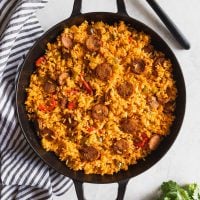Hola! If you’ve landed here, you’re probably looking for the blogging resources or the food blog income reports that I was sharing years ago where I’d outline A Sassy Spoon’s revenue, expenses, and traffic numbers.
I posted my first income report back in January 2019 when I finally felt like I had something of value to share — making $85K in 2018 from my food blog.
While the income reports are no longer available, I still wanted to provide an update for those who are interested in my blogging journey.
A little background on me (in case you’re new here – hi!)
My background is in digital marketing where I worked with culinary clients in the ad agency world. Prior to that, I worked in the healthcare industry climbing the corporate ladder, and then graduated with a safe Bachelor’s degree in Business.
In 2016, I started this food blog after quitting my full-time job because I was in desperate need of change.
I had no idea what I was doing, and considering I had a handful of “failed” blogs and online ventures under my belt, I was nervous about once again giving all this another try.
After going down many rabbit holes of research later, I discovered Pinch of Yum’s Income Reports. Those reports inspired me to give food blogging a fair shot and they’re 10000% the prime reason I am here today.
A lot has changed since then so in place of detailed income reports, let’s talk about how much money I make as a food blogger at this very moment.
How Do Food Bloggers Make Money?
Before we jump into numbers, let’s first talk about how we actually make money. Food bloggers make money from the following sources:
- Ad revenue (website ads)
- Brand partnerships (sponsored content or content creation for brands)
- Affiliate marketing (commission-based links)
- Freelance work (social media management, ghostwriting, or other client gigs)
- Products & Services (merch, ebooks, consulting, coaching, etc)
I will say, however, that a food blog is the most steady source of income from all the options. It’s also the option that will take the longest to grow and monetize. Something to keep in mind.
What exactly is a food blog?
From the outside, it will look like you’re just “sharing recipes with pretty photos” but behind the scenes, you’re managing a whole content marketing-based business.
Or… as I like to call it a small media business where you sell information, ads, and assets.
This is why I’ve always believed the word “blogger” doesn’t properly sum up all that we do and what we sell.
We’re business owners after all and businesses sell products and services.
What do food bloggers sell?
- Recipe content. Our blog is a product (or an asset) and we “sell” free information with the intention of building an engaged audience that will know, like, and trust us.
- Ad placements. Once we have an engaged audience, we can monetize that audience with advertisers and brand partnerships. We partner with advertisers that want to use our blogs as a way to advertise with display ads that pay per page view. Similarly, brands will partner with us as a way to promote their products via sponsored content on our blogs, social media channels, email newsletters, etc.
- Media services like recipe development, food photography, videography, content writing, coaching & consulting services, etc.
But wait, isn’t food blogging dead?
I’d say blogging as a way to tell stories may be dead but food blogs that are a complete resource offering consistent value to readers – that’s NOT dead.
Long gone are the days of blogging being a Tumblr account or a Live Journal where you simply share about your day-to-day life.
People are looking for solutions to their problems and a blog/website is a great way to provide solutions for your readers. Every business needs a blog!
My Income Breakdown
Ok, let’s talk numbers. As of December 2023, I average about $24K per month in gross income, which means that number does not include expenses (taxes, groceries, equipment, web hosting, contractors, accountant, tools, subscriptions, education, etc).
Every month is different and expenses grow as your business grows. From that monthly gross income above, this is the breakdown by income source:
- Ad Revenue – 78%
- Blog Coaching – 21%
- Brand Partnerships – 0%
- Affiliate Marketing – 1%

The majority of my income comes from the display ads on this food blog. That one income stream generates multi-six figures alone. This blog receives over 3.4 million page views per year.
The Best Part About Being A Food Blogger
Since 2016, A Sassy Spoon, LLC (my food blog business) has helped me:
- Pay off $70K in student loan debt in 22 months.
- Become completely debt-free.
- Achieve a six-figure net worth (it was negative for years!).
- Work fewer hours while getting paid more on my terms.
- Reach total and complete freedom & flexibility by working for myself.
This has been years in the making. It was NOT an overnight success. There were A LOT of blood, sweat, and tears involved in growing this business.
And it is completely possible for anyone to work towards making money from their food blog too. All you need is the right strategy, lots of resilience, and tons of patience.
What makes a food blog successful in 2024?
To make a food blog successful in 2024, you need to make sure you are filling a gap in the market by doing something different. Having very niche and nuanced content is the best way to stand out in a saturated market.
Next, you need to showcase your expertise by choosing certain topics and building your authority by expanding on those topics. This is your E-E-A-T.
Doing this creates trust, attracts the right audience, helps you plan content better, and most importantly, it helps google understand who you are and what you’re an authority in which is huge for SEO.
If you need help, follow me over at @thejamiesilva or visit my website for more info.
I offer Content Strategy Intensives that will help you refine your niche and revamp your content strategy for your food blog and, Personalized Video Content Audits to review and audit your blog posts for SEO.
Aside from that, my signature course, Food Blogger Business Blueprint, will help you scale your blog traffic and increase your revenue. Excited to see all your progress in 2024!
You got this!









Leave a Rating and a Comment